I have been trying to understand the answer of this post in order to populate two different legends.
I create a clustered stacked bar plot with different hatches for each bar and my code below is a bit different from the answer of the aforementioned post.
But I have not been able to figure out how to get one legend with the colors and one legend with the hatches.
The color legend should correspond to A, B, C, D, E and the hatch legend should indicate "with" if bar is hatched and "without" if non-hatched.
import matplotlib.pyplot as plt
from matplotlib.colors import LinearSegmentedColormap as coloring
# copy the dfs below and use pd.read_clipboard() to reproduce
df_1
A B C D E
Mg 10 15 23 25 27
Ca 30 33 0 20 17
df_2
A B C D E
Mg 20 12 8 40 10
Ca 7 26 12 22 16
hatches=(' ', '//')
colors_ABCDE=['tomato', 'gold', 'greenyellow', 'forestgreen', 'palevioletred']
dfs=[df_1,df_2]
for each_df, df in enumerate(dfs):
df.plot(ax=plt.subplot(111), kind="barh", \
stacked=True, hatch=hatches[each_df], \
colormap=coloring.from_list("my_colormap", colors_ABCDE), \
figsize=(7,2.5), position=len(dfs)-each_df-1, \
align='center', width=0.2, edgecolor="darkgrey")
plt.legend(loc='center left', bbox_to_anchor=(1.0, 0.5), fontsize=12)
The plot I manage to get is:
Any ideas how to create two legends and place them one next to the other or one below the other? Thanks in advance ^_^


